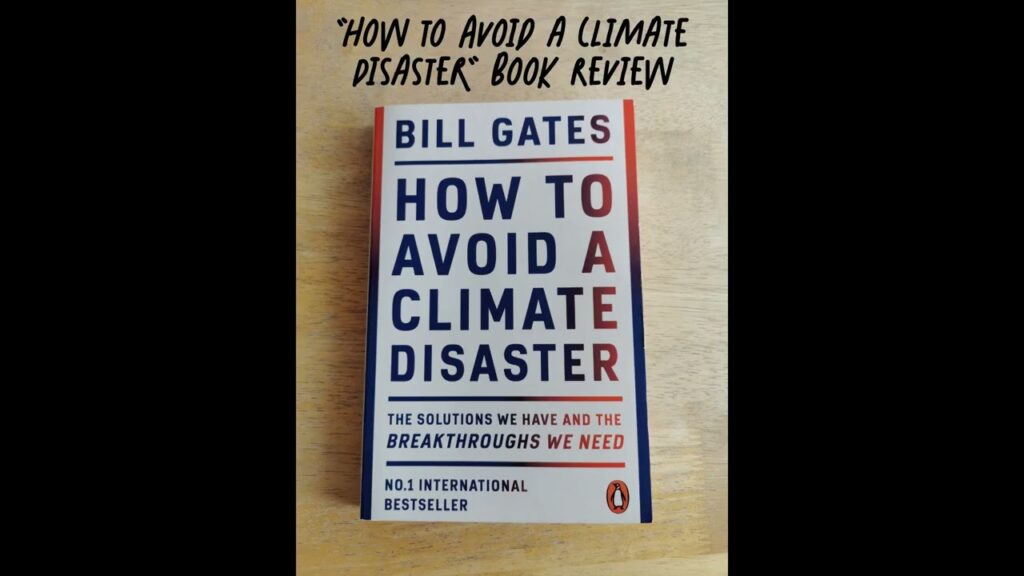
The review of “How to Avoid a Climate Disaster” was written by me. The audio file was generated by NotebookLM.
Here’s the review:
Global warming has been something people have discussed and worried about for some time. Many countries have got together to plan and find solutions to reduce the greenhouse gas and to stop the temperature from rising.
Bill Gates’ “How to Avoid a Climate Disaster” is an excellent book to get us into not only the problems of climate change, but also practical steps on how to stop it from worsening.
This book began with the explanation of two important numbers on the topic: 52 billion and zero. 52 billion is the amount of greenhouse gas the world emits each year in tons. Zero is where we have to reduce it to by 2050.
Bill Gates’ book is different from what I expected, because he did not spend that many pages telling us about how the world would be if the temperature kept rising and the emission level did not go down. Saying that, the picture he painted was scary enough.
What Bill Gates did very well in this book is that he explained with scientific evidence, statistics and numbers where the greenhouse gas emission was from. I admittedly had no idea that the emission could be from so many sources, and what I thought was the main source was not.
Bill Gates divides the sources of greenhouse gas into five categories: (1) How we make things, (2) How we plug in, (3) How we grow things, (4) How we get around, and (5) How we keep warm and cool. These sources are ranked in the order of how much it emits the gases. Surprisingly (to me anyway) the first category contributes to 29% of all emission, where the second category (or electricity) only makes up around 26%.
Now that we know where the emission originates, we need to get the emission down to zero. This is hard, Bill Gates says. The main problem is the Green Premium, which is the difference we have to pay to go green. For example, to construct green buildings, you would have to pay lots more. To install greener air conditioner, this would be more expensive. At present, the green premiums are so high that worldwide adoption is not feasible.
What Bill Gates focuses on is innovations. Innovations, scientific and engineering breakthroughs are necessary to get these green premiums down. How do get these innovations? How do we get people to use them? This is also what Bill Gates suggests we do in this book, whether it is more R&D funding, better and more modern policies, as well as individual actions.
Overall, this is such an eye-opening book which was written in such a simple manner. Climate disaster will definitely happen if nothing is done. What is stated in this book makes a great start to solving the problem.
source



